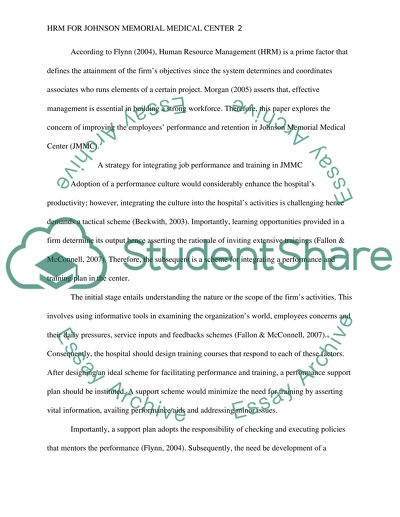Cite this document
(“Human Resource Management: Johnson Memorial Medical Center Term Paper”, n.d.)
Retrieved from https://studentshare.org/human-resources/1399315-human-resource-management-johnson-memorial-medical-center
Retrieved from https://studentshare.org/human-resources/1399315-human-resource-management-johnson-memorial-medical-center
(Human Resource Management: Johnson Memorial Medical Center Term Paper)
https://studentshare.org/human-resources/1399315-human-resource-management-johnson-memorial-medical-center.
https://studentshare.org/human-resources/1399315-human-resource-management-johnson-memorial-medical-center.
“Human Resource Management: Johnson Memorial Medical Center Term Paper”, n.d. https://studentshare.org/human-resources/1399315-human-resource-management-johnson-memorial-medical-center.


